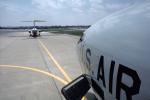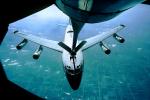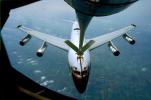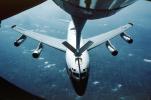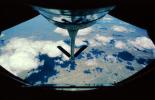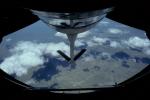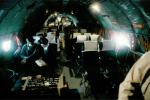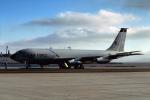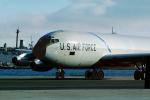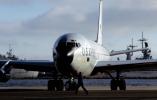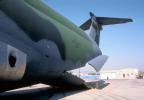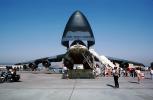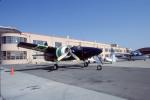Explore over 500,000 Images in my personal collection
real images | real history | no AI
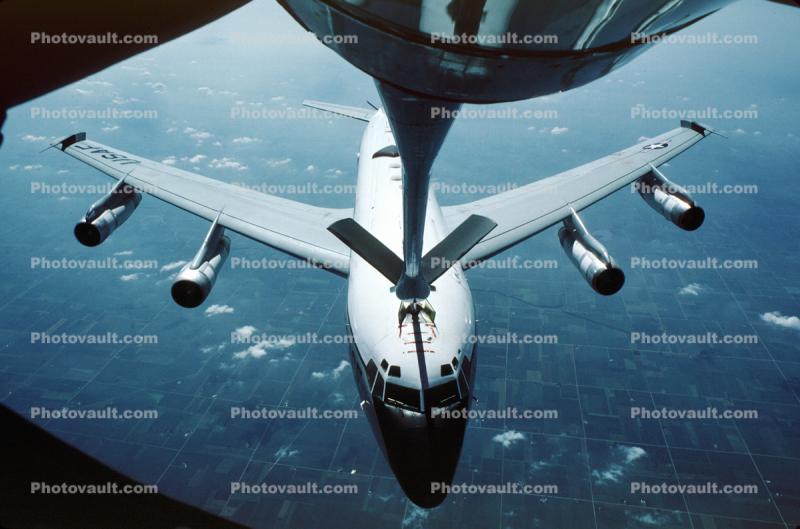
|
|

- Code Number:
- MYFV03P09_13
- Title:
- Boeing EC-135 Looking Glass, Airborne Command Post, (ABCP), USAF
- This aerial command post was a specially-equipped aircraft to be airborne at all times, 24 hours a day, 7 days a week, 365 days a year, in the event that SAC's underground command center was destroyed or became disabled.
The first aircraft adapted for the ABCP role were 17 TF33-engined KC-135B tankers. Dubbed the "Looking Glass", because the mission mirrored ground-based command, control, and communications, operations began on 3 February 1961. By 1964, the aircraft were considered dedicated to the role of ABCP and received the revised designation of EC-135.
The EC-135 fleet was equipped with comprehensive, high-tech communications equipment, which allows the airborne commander to link with national command authorities, theatre forces, other airborne command posts and with his assets on the ground.
For 29 years, the EC-135s conducted continuous airborne operations, accumulating more than 281,000 accident-free flying hours , an aviation phenomenon. On 24 July 1990, "Looking Glass" aircraft ceased continuous airborne alert, but remained on ground or airborne alert 24 hours a day.
On 25 September 1998, the Air Force officially handed over its "Looking Glass" mission of command, control, and communications of the nation's strategic nuclear forces to the Navy's E-6B "Take Charge and Move Out" (TACAMO) aircraft. The impetus for the change was the cost-savings generated by using one aircraft to do the job that had formerly been done by two.
The EC-135 performed the flying command post mission for a total of 37 years, serving as a survivable, nuclear response airborne platform. All EC-135s have been retired to the Aerospace Maintenance and Regeneration Center (AMARC) at Davis-Monthan Air Force Base, in Arizona.
It was an amazing experience to see this beast flying right up to us and take a drink of gas. - Keywords:
- Image by:
- Wernher Krutein
- Caption Disclaimer
Rights Managed: Calculate Price



